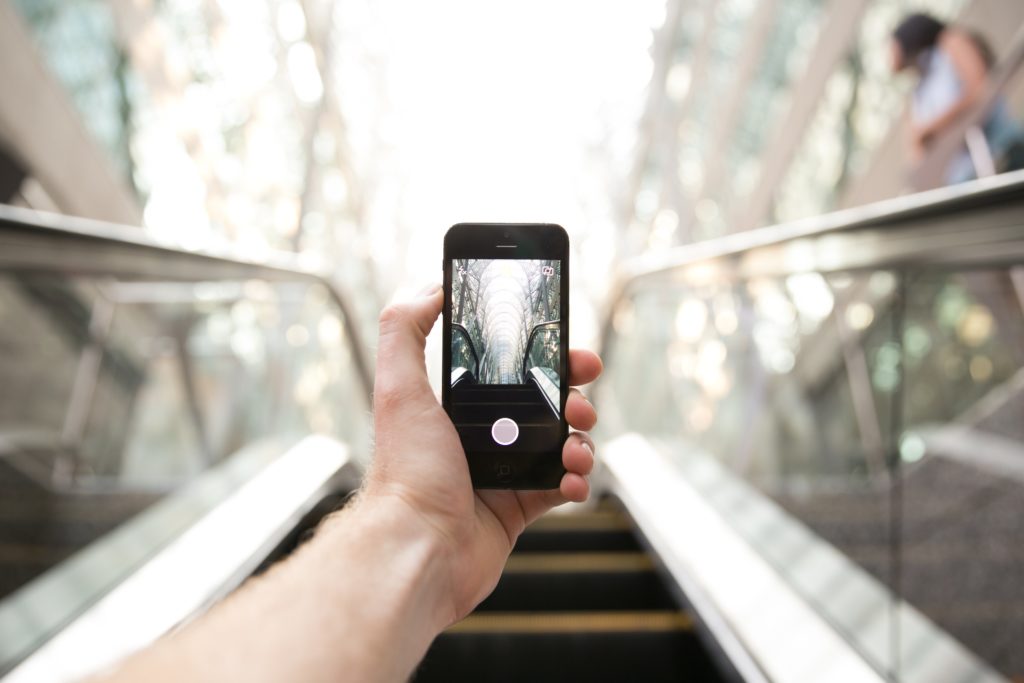Disrupt, adapt, expect, repeat
Welcome to the Expectation Economy
We experience an ever-increasing number of disruptive innovations from brands. These innovations (or disruptions) are something new, fresh and exciting that delight us……at first.
In reality, we become accustomed to this delightful disruption very quickly. It becomes the new normal, a normal that we demand everywhere.
If you’re still not sure that this is true, take a look at Brickman and Coates’ study which explored how the initial thrill of winning the lottery and the lifestyle it affords ultimately lessens the impact of ordinary pleasures for the lottery winner.
Think of it like this. The lottery allows you to buy a Ferrari, a disruption from the Renault you owned before. Having quickly adapted to this more premium car, you expect a similar level of performance across other parts of your life – this isn’t just limited to your vehicle.
This pattern of disrupt, adapt, expect, repeat isn’t unique to the lottery. Helped by well-known disruptive brands, we are now living in the Expectation Economy, where innovations and service standards from one category are now the expected minimum standard across others.

Benchmarking against your direct competitors isn’t enough to win in this Expectation Economy.
Disruptors generating this expectation transfer
Technology has helped raise our expectations exponentially. It allows us to complete tasks more easily, efficiently and in less time. For example, pre-Google it seemed ridiculous that you would get accurate directions to somewhere without having to use a paper map. Now you wouldn’t expect it to take more than a few seconds to work out the quickest way to the pub.
Uber took this a step further by leveraging expectations generated from our adaptation to smartphones. Their introduction of an instant, one-touch “ride on demand” service made getting transport home more convenient – you don’t need to know the exact address where you’re starting from, you don’t need to have cash or a card on you and you don’t need to wait around for too long for a car. You can even track its progress towards you. The catch, while a seven-minute wait back in 2013 seemed perfectly fine, we’re now less patient and expect the Uber to arrive more quickly (would you be happy to wait more than three minutes for one now?).
This expectation transfer isn’t limited to the likes of Uber or Google. This expectation for increased convenience is everywhere, and brands are responding to it in different ways to keep ahead.
Take Bloomandwild, a flower delivery company, that sends flowers to you in a flat pack box that fits through your letterbox. Their packaging is sturdy and breathable so your new bunch stays fresh, but more importantly it’s hassle-free (I don’t have to be home to sign for and collect them for the delivery person, the flowers are waiting for me on my doormat when I get in).
And then comes Garconwines who have already invented a full-size postable wine bottle that can fit through your letterbox – because if you can already get flowers delivered through your front door (instead of just to the door), why can’t you do the same for wine?
How to win
In the Expectation Economy, people are only becoming more demanding, not less. On top of that, their frame of reference is widening – meaning a brand isn’t only judged within the confines of its category, but against other brands in other categories that offer amazing experiences and services. Ultimately, to win in this Expectation Economy you need to be asking…
- What experiences and behaviours could have an impact on expectations and behaviours for my brand and category?
- How can I adapt to those behaviours?
- What sort of innovation (thinking right across the marketing mix) can help me?
- How can I build continual innovation into the DNA of my business, so I never rest on my laurels?
To find out more about the Expectation Economy and its implication for your brand, get in touch.



